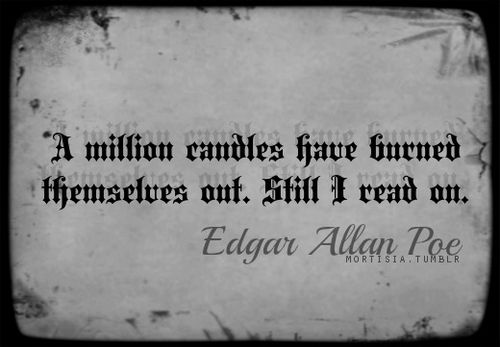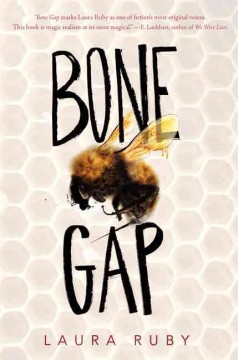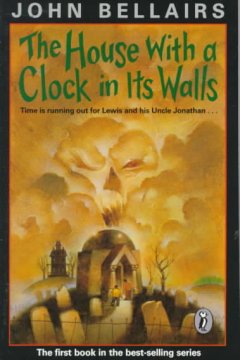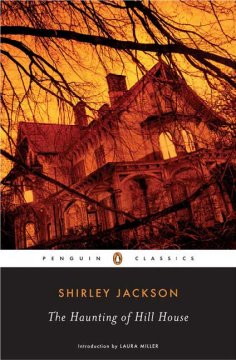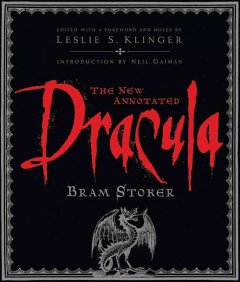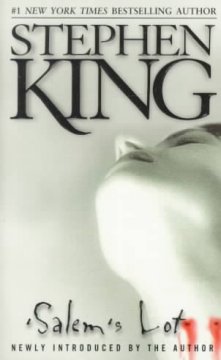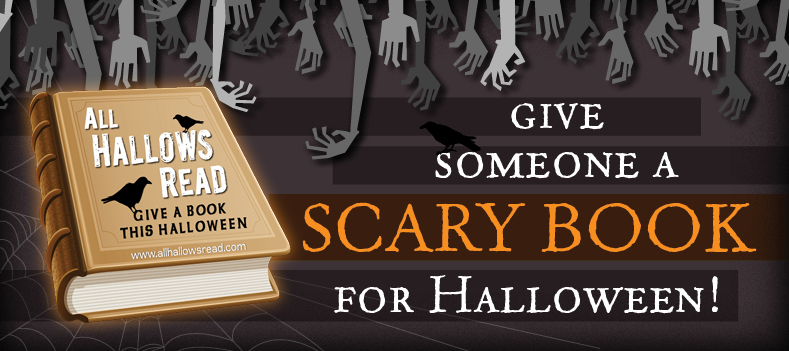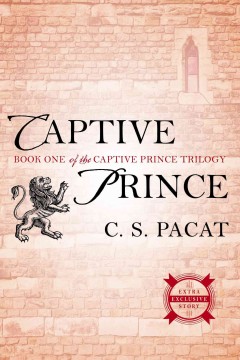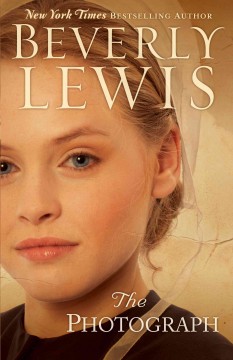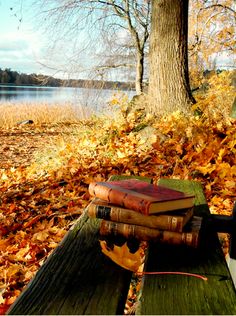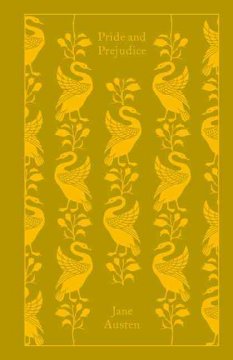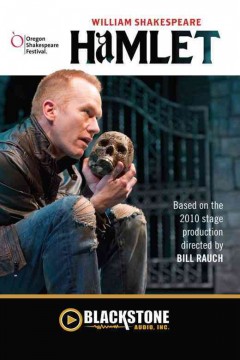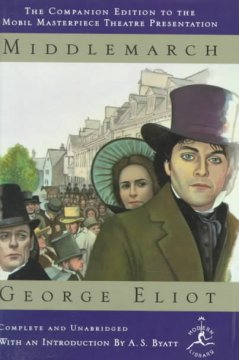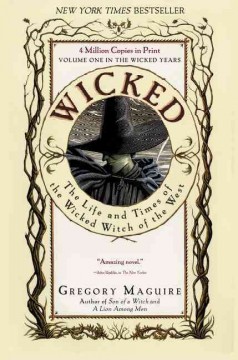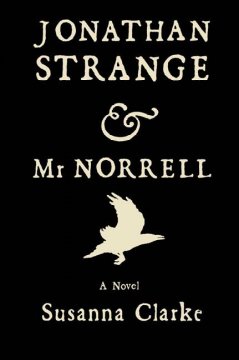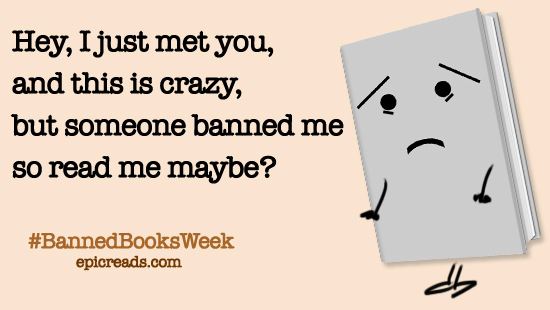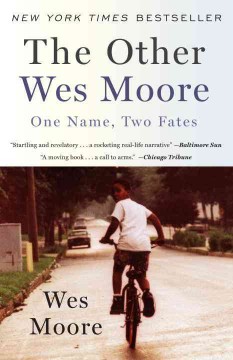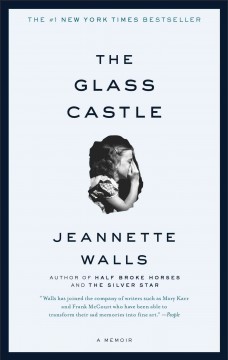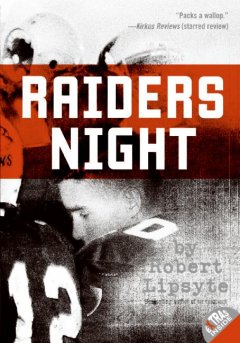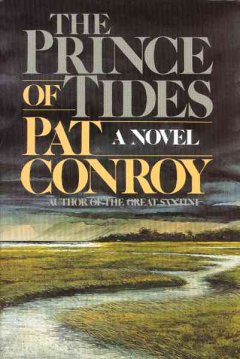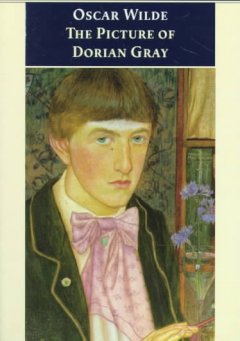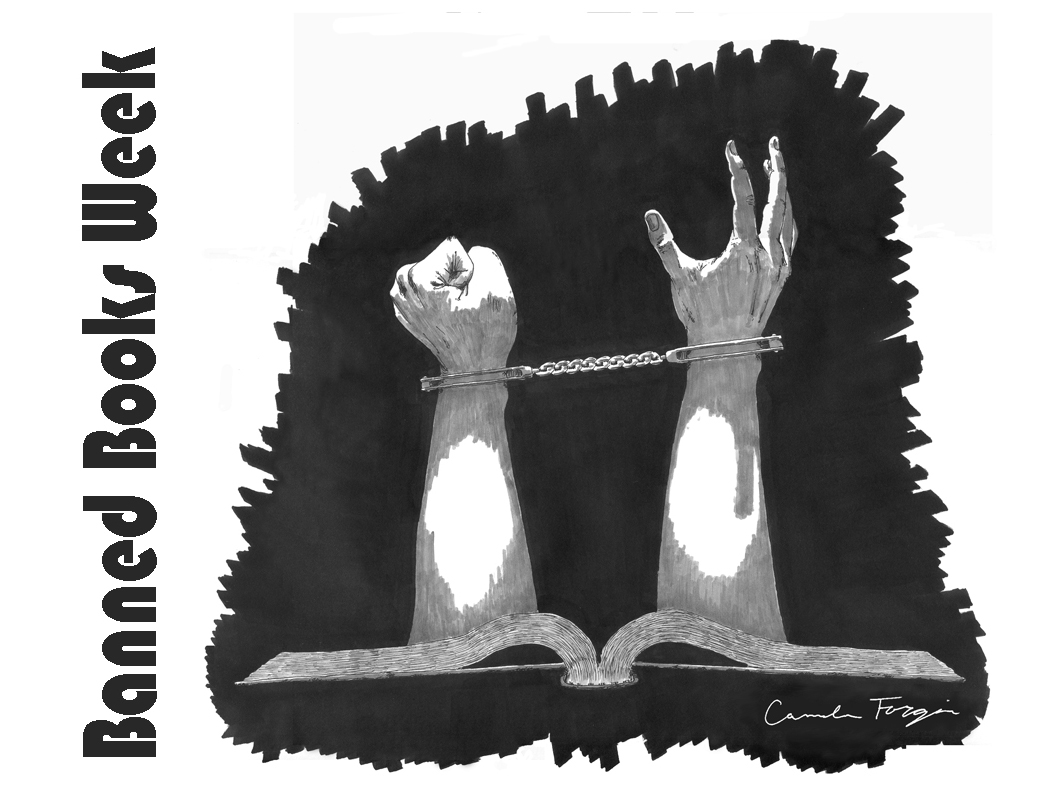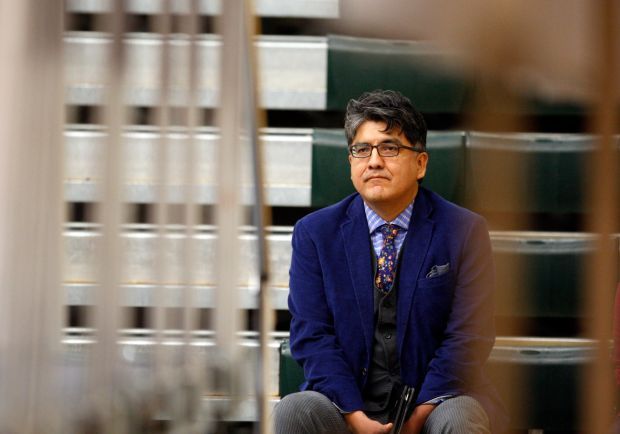We interrupt this blog for some pretty significant news: yesterday,Belarusian journalist and writer Svetlana Alexievich was awarded the 2015 Nobel Prize for literature. Ms. Alexievich is the fourteenth woman to receive the award since it was first handed out in 1901.
The Nobel Prizes, as you might have heard, were established by Alfred Nobel, Swiss entrepreneur, chemist, and the inventor of dynamite. When Alfred’s brother died in 1888, the papers mistakenly published Alfred’s obituary, calling him “the merchant of death” and remarking “Dr. Alfred Nobel, who became rich by finding ways to kill more people faster than ever before, died yesterday”. Not surprisingly, Alfred was a little troubled to learn that the world might remember him so negatively, and realized his opportunity to change his story. Upon his actual death in 1895, he established a trust (comprising about 94% of his total estate) that would bestow awards in five categories: physics, chemistry, medicine, literature, and peace.
The list of Nobel Prize-winners in literature show that Svetlana Alexievich is in quite illustrious company–you can see the full list, with the awarding committee’s commentaries here. However, she is also fairly unique among the other authors mentioned, largely because she is one of only a handful of non-fiction authors to receive the award. What she has done in her work, however, is truly remarkable. Rather than trying to explain events or understand people , Alexievich instead allows her subjects to speak for themselves–subjects who have often endured some of the most horrific moments in recent history.
“I’ve been searching for a genre that would be most adequate to my vision of the world to convey how my ear hears and my eyes see life,” she wrote on her website. “I tried this and that and finally I chose a genre where human voices speak for themselves.”

Her books have taken years to research and write, primarily because she spend so much time talking with people and collecting the minute details of their lives and the intricacies of their memories to weave into her narratives, from female soldiers in the Soviet Union during the Second World War to young men involved in the Soviet Afghan War of the 1970’s and 1980’s. These memories create a story that very often ran against the official Soviet history, which made Alexievich a target, particularly after her book Zinky Boys: Soviet Voices From a Forgotten War, was published in 1992. As one of her American editors explained to the New York Times, “She was vilified all over the place for this book, and she didn’t back down for a second.”
For her book Voices From Chernobyl, Alexievich interviewed over 500 people over a period of ten years, from local residents to members of the clean-up crew, to employees of the nuclear plant. Because of the amount of time spent near the plant itself, Alexievich developed a lifelong immune deficiency due to the still-high levels of radiation in the air and soil. Her work, however, was praised world-wide; a member of the Swiss Academy told The Guardian, “She’s conducted thousands and thousands of interviews with children, with women and with men, and in this way she’s offering us a history of human beings about whom we didn’t know that much … and at the same time she’s offering us a history of emotions, a history of the soul.”
So today, we would like to add our congratulations to the many that Svetlana Alexievich so richly deserves, and give you the chance to check out her harrowing, unforgettable, and vitally necessary work today:
 Zinky Boys: Soviet Voices from the Afghanistan War: The title of this book came from the zinc coffins in which the bodies of Soviet soldiers were shipped home. According to one reviewer: “With very few and very partial exceptions, the evidence is of veterans of the war who are deeply scarred, irredeemably cynical, full of tension and of hatreds that can’t be assuaged. These people, officers, enlisted men, medical personnel, civilian employees (mainly women), even political instructors, all speak of a struggle which changed them utterly, and always for the worst…All that the Afgantsi [veterans of this specific war] have is their comradeship with each other; many of them find it almost intolerable to speak to anyone other than their own kind.”
Zinky Boys: Soviet Voices from the Afghanistan War: The title of this book came from the zinc coffins in which the bodies of Soviet soldiers were shipped home. According to one reviewer: “With very few and very partial exceptions, the evidence is of veterans of the war who are deeply scarred, irredeemably cynical, full of tension and of hatreds that can’t be assuaged. These people, officers, enlisted men, medical personnel, civilian employees (mainly women), even political instructors, all speak of a struggle which changed them utterly, and always for the worst…All that the Afgantsi [veterans of this specific war] have is their comradeship with each other; many of them find it almost intolerable to speak to anyone other than their own kind.”
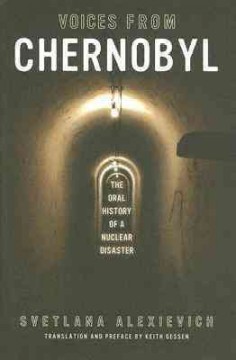 Voices From Chernobyl: Alexievitch’s mother was killed and her sister was blinded as a result of the meltdown of the nuclear reactor at Chernobyl in April, 1986. She begins this seminal piece of writing on the place and its people:
Voices From Chernobyl: Alexievitch’s mother was killed and her sister was blinded as a result of the meltdown of the nuclear reactor at Chernobyl in April, 1986. She begins this seminal piece of writing on the place and its people:
I want to bear witness . . .
It happened ten years ago, and it happens to me again every day.
We lived in the town of Pripyat. In that town.
I’m not a writer. I won’t be able to describe it. My mind is not enough to understand it. And neither is my university degree. There you are: a normal person. A little person. You’re just like everyone else — you go to work, you return from work. You get an average salary. Once a year you go on vacation. You’re a normal person! And then one day you’re turned into a Chernobyl person, an animal that everyone’s interested in, and that no one knows anything about…
…That’s how it was in the beginning. We didn’t just lose a town, we lost our whole lives.


